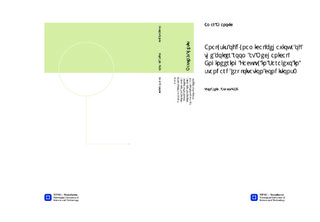Analysis of dynamical behaviour of the boiler room at Mechanical Engineering Faculty in Sarajevo in standard exploitation conditions.
Master thesis
Permanent lenke
http://hdl.handle.net/11250/235373Utgivelsesdato
2013Metadata
Vis full innførselSamlinger
Sammendrag
ynamical analysis of the boiler room behaviour will be conducted by using state of the art software packages and available libraries for modelling and simulation of the HVAC systems. Mathematical model for transient analysis of the one dimensional fluid flow in pipes will be presented, and special attention will be given to modelling of the heating equipment such as: boiler, pumps, valves and fittings as well as the standard control elements of the heating systems.Object oriented symbolic Modelica language for industrial applications will be used within Dymola software environment with extensive utilisation of the Buildings library* for HVAC components modelling, developed by Simulation and Research group at Lawrence Berkeley National Laboratory (http://www.lbl.gov/). Consumption side is not the primary subject of the current work and will be modelled as a simplified object/volume which is heated uniformly. Consumption side modelling will take into consideration the thermal capacity of the building as well as the thermal conductivity which will cover transmission and ventilation losses. Simplified model will be realised as a combination of measurements data reading and Finite Volume Model (FVM) of the Mechanical Engineering building. Fine tuning of the consumption side model will be done by using linear regression method.Numerical results of the boiler room model as well as the simplified consumption side model will be verified by comparison with available measurements data for predefined month in 2012/2013 heating season. Available data will be readings from hourly measurements of supply and return water temperatures from the boiler room, outside temperatures, boiler gas consumption and representative room temperature readings. Special attention will be given to highly transient situations, like after weekend days or similar.
